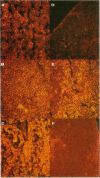Abstract
A murine lymphoma, designated L1, was produced in immunologically deficient nude mice after chronic antigenic stimulation by infection with the pinworms Aspiculuris tetraptera and Syphacia obvelata. In vivo, L1 involves primarily the spleen and lymph nodes, with infiltration of liver, kidney, and bone marrow also observed. It is characterized by large clusters of B cells and null cells, and by rare T cells. The lymphoma cells express murine leukemia virus antigens (gp70 and p30) on the surface. L1 can be passaged successfully both in vivo and in vitro. The lymphoblasts that proliferate in vitro are null, but injecton back into the mouse produces a similar pattern of B cells, null cells, and occasional T cells as seen in the mouse-to-mouse transfers. Infectious viruses have been isolated from L1 cells and from tissue culture supernates and have been identified as a B-tropic murine leukemia virus and a xenotropic virus. The possibilities of this model for studying the etiology of human lymphoma are discussed.
Full text
PDF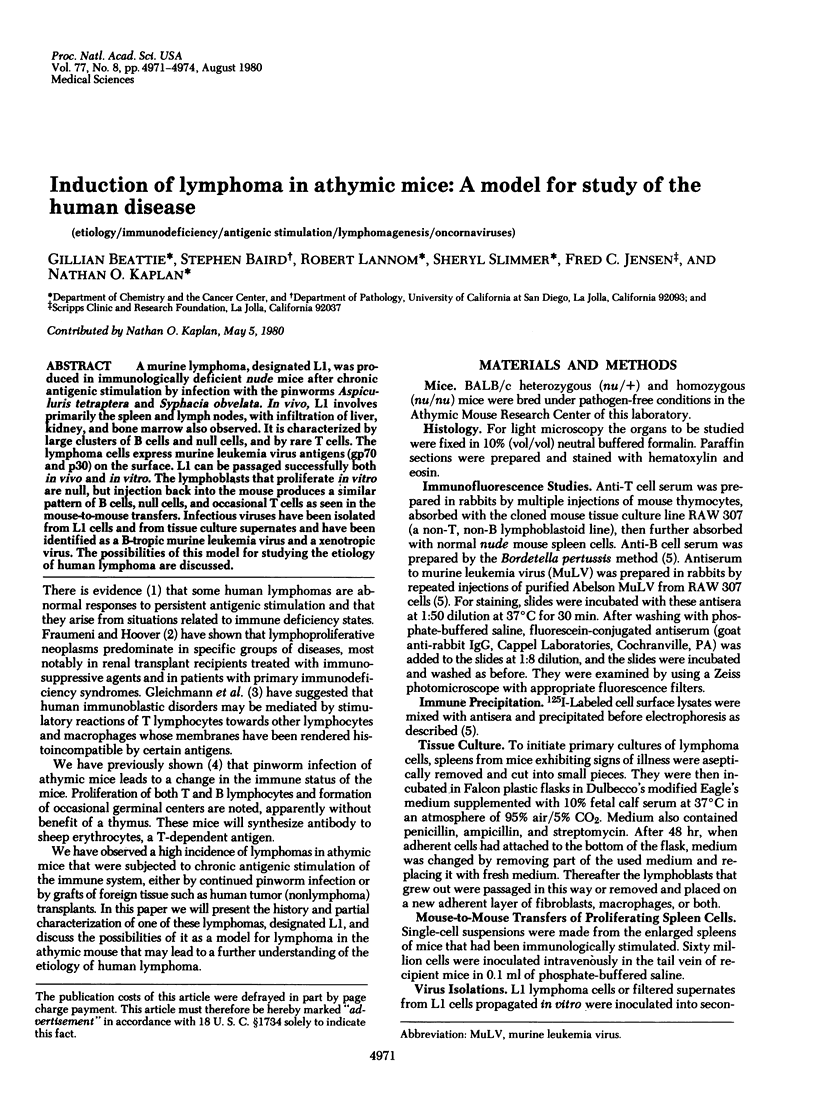
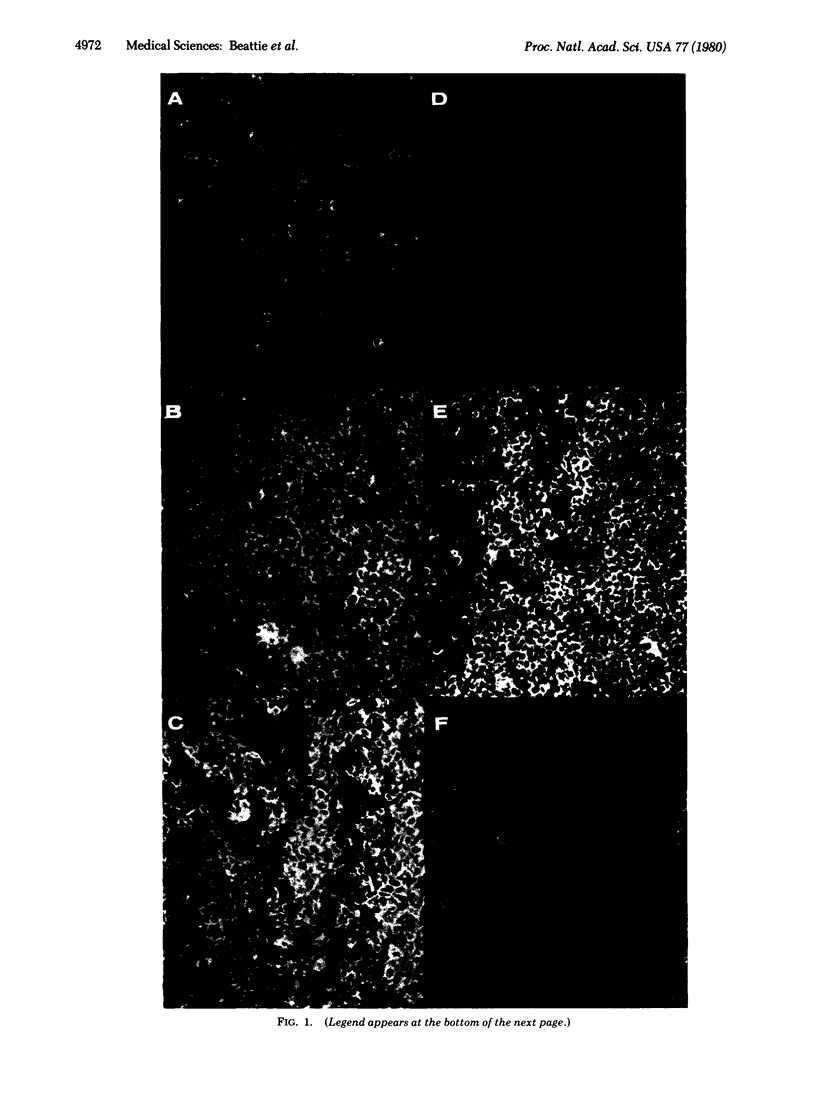
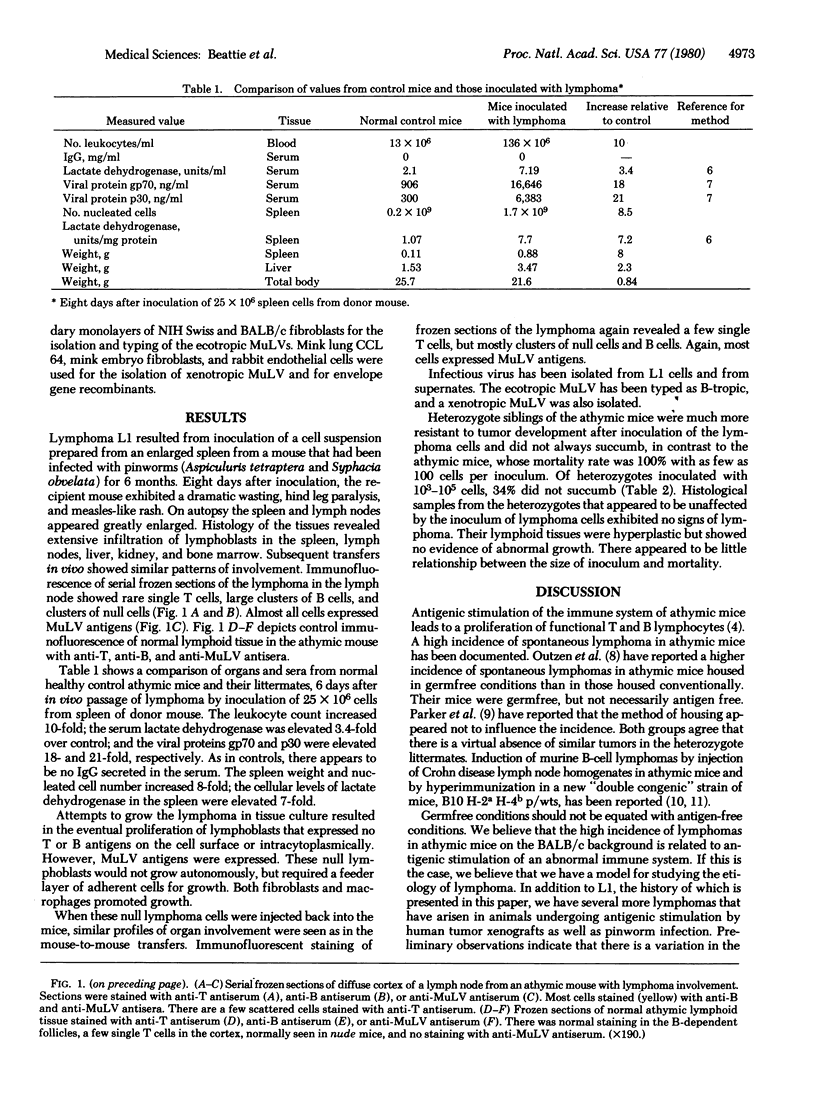
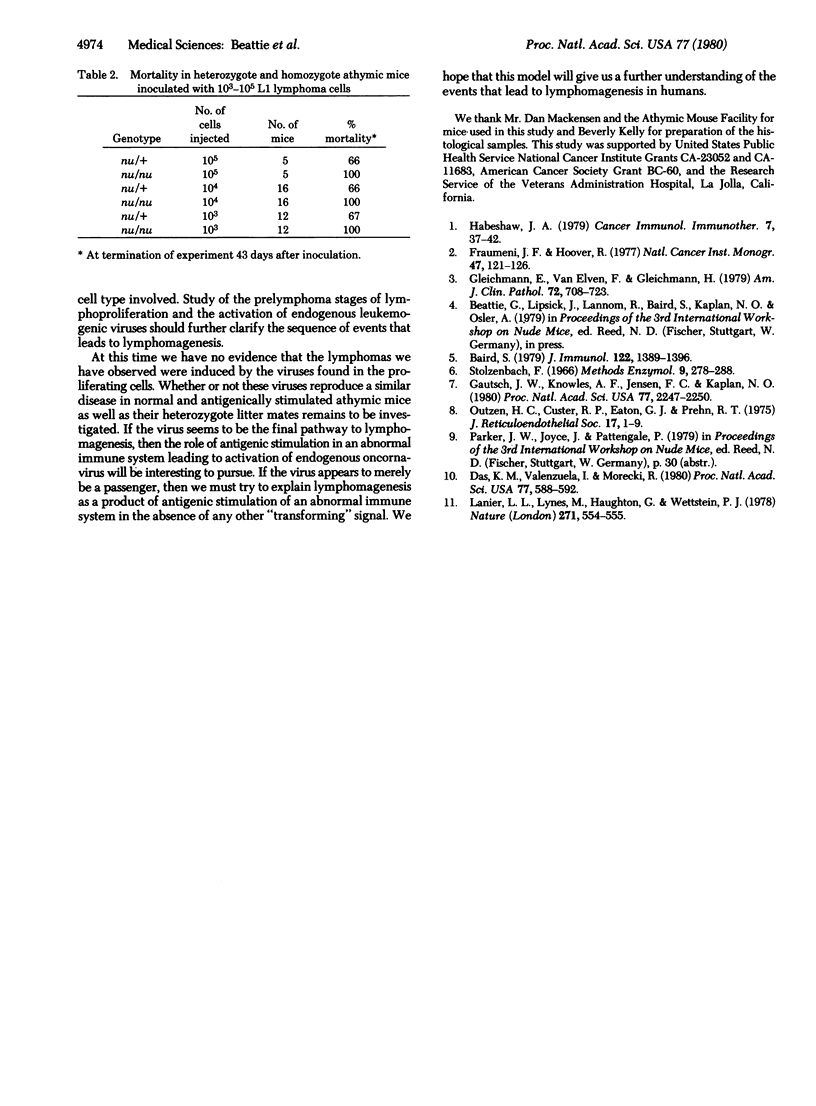
Images in this article
Selected References
These references are in PubMed. This may not be the complete list of references from this article.
- Baird S. M. Antigenic properties and molecular weights of murine leukemia virus-binding proteins. J Immunol. 1979 Apr;122(4):1389–1396. [PubMed] [Google Scholar]
- Das K. M., Valenzuela I., Morecki R. Crohn disease lymph node homogenates produce murine lymphoma in athymic mice. Proc Natl Acad Sci U S A. 1980 Jan;77(1):588–592. doi: 10.1073/pnas.77.1.588. [DOI] [PMC free article] [PubMed] [Google Scholar]
- Fraumeni J. F., Jr, Hoover R. Immunosurveillance and cancer: epidemiologic observations. Natl Cancer Inst Monogr. 1977 Dec;47:121–126. [PubMed] [Google Scholar]
- Gautsch J. W., Knowles A. F., Jensen F. C., Kaplan N. O. Highly efficient induction of type C retroviruses by a human tumor in athymic mice. Proc Natl Acad Sci U S A. 1980 Apr;77(4):2247–2250. doi: 10.1073/pnas.77.4.2247. [DOI] [PMC free article] [PubMed] [Google Scholar]
- Gleichmann E., van Elven F., Gleichmann H. Immunoblastic lymphadenopathy, systemic lupus erythematosus, and related disorders. Possible pathogenetic pathways. Am J Clin Pathol. 1979 Oct;72(4 Suppl):708–723. [PubMed] [Google Scholar]
- Lanier L. L., Lynes M., Haughton G., Wettstein P. J. Novel type of murine B-cell lymphoma. Nature. 1978 Feb 9;271(5645):554–555. doi: 10.1038/271554a0. [DOI] [PubMed] [Google Scholar]
- Outzen H. C., Custer R. P., Eaton G. J., Prehn R. T. Spontaneous and induced tumor incidence in germfree "nude" mice. J Reticuloendothel Soc. 1975 Jan;17(1):1–9. [PubMed] [Google Scholar]



